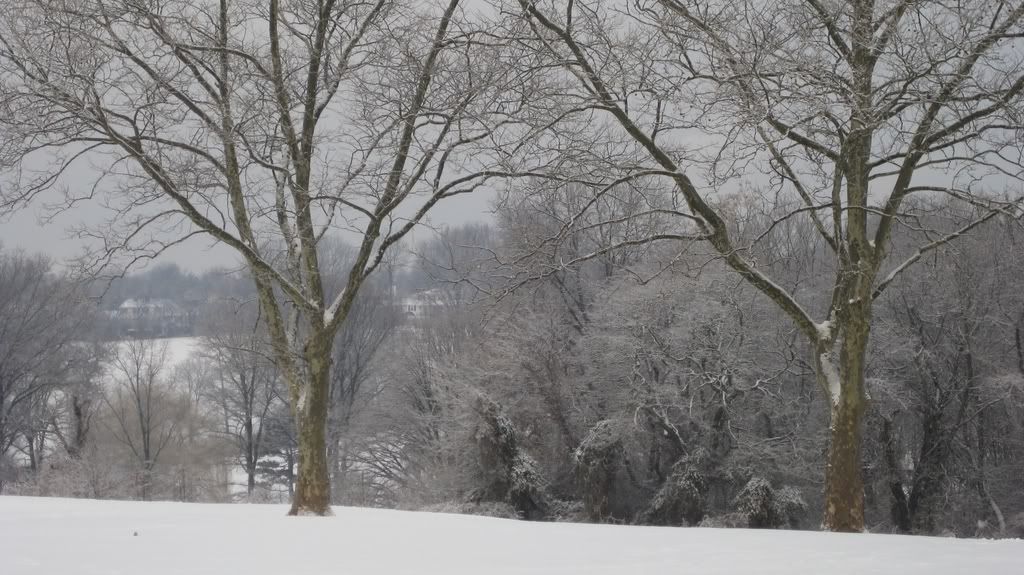Blue Heron Park, Staten Island NY
Posted by Anthony Licciardello on
In Staten Island's Bluebelt, you will find the "Heart of Southeast Annadale". In 1972, the City of New York acquired 26 acres in this area. From the early 1960s, citizens had been concerned about this land and its environs, which had
been a paradise for abandoned vehicles. These Staten Islanders tried, for over three decades, to preserve the land. Over the years, as residents began to protect more and more of the surrounding area, more land was obtained by New York City. By 2001, the City had acquired well over 200 acres of land. Today, this land is between Arbutus Avenue and Barclay Avenue to the left and right, and Amboy Road and Hylan Boulevard above and below. It is known as Blue Heron Park.
The entrance to Blue Heron Park lies on Poillon Avenue, a…
4065 Views, 0 Comments

 Avenue, Arbutus Avenue, and Chester Avenue, close to the Raritan Bay waterfront.
Avenue, Arbutus Avenue, and Chester Avenue, close to the Raritan Bay waterfront.
 the century, James Sigin's grandson, James Segoin, purchased a vast amount of land by the waterfront, which had a creek that ran through it. This Segoin's grandson, Joseph…
the century, James Sigin's grandson, James Segoin, purchased a vast amount of land by the waterfront, which had a creek that ran through it. This Segoin's grandson, Joseph… and allowed his servants to live there while they took care of the residence.
and allowed his servants to live there while they took care of the residence.
 Bloomingdale Park is located on the South Shore of Staten Island. The park is mainly bordered by Lenevar Avenue, Drumgoole Road West, Ramona Avenue, and Bloomingdale Road. The park is also bisected by Maguire Avenue with a pathway connecting the two ends of the street. In the 1960s, the New York City Department of Parks and Recreation obtained the 138 acres of land to protect the area from development. Up until 2003, the park was comprised of only natural woodlands.
Bloomingdale Park is located on the South Shore of Staten Island. The park is mainly bordered by Lenevar Avenue, Drumgoole Road West, Ramona Avenue, and Bloomingdale Road. The park is also bisected by Maguire Avenue with a pathway connecting the two ends of the street. In the 1960s, the New York City Department of Parks and Recreation obtained the 138 acres of land to protect the area from development. Up until 2003, the park was comprised of only natural woodlands.
 ity Department of Parks and Recreation acquired this land in 1943, after having been transferred from the City of New York. The park is locateded in the Randall Manor neighborhood on Staten Island's North Shore.
ity Department of Parks and Recreation acquired this land in 1943, after having been transferred from the City of New York. The park is locateded in the Randall Manor neighborhood on Staten Island's North Shore.
 broke out. These wars began on August 23, 1572, a day which later came to be known as the St. Bartholomew's Day massacre. On this day, Roman Catholic leaders had 3,000 men, women and children slaughtered in just three days for the sole fact that they were Protestants. The wars lasted until the end of the century, at which point Henry IV, a Huguenot himself, issued the Edict of Nantes, a law which granted Huguenots civil rights. On May 14, 1610, Henry IV was assassinated and the Protestants again feared for their lives.
broke out. These wars began on August 23, 1572, a day which later came to be known as the St. Bartholomew's Day massacre. On this day, Roman Catholic leaders had 3,000 men, women and children slaughtered in just three days for the sole fact that they were Protestants. The wars lasted until the end of the century, at which point Henry IV, a Huguenot himself, issued the Edict of Nantes, a law which granted Huguenots civil rights. On May 14, 1610, Henry IV was assassinated and the Protestants again feared for their lives.